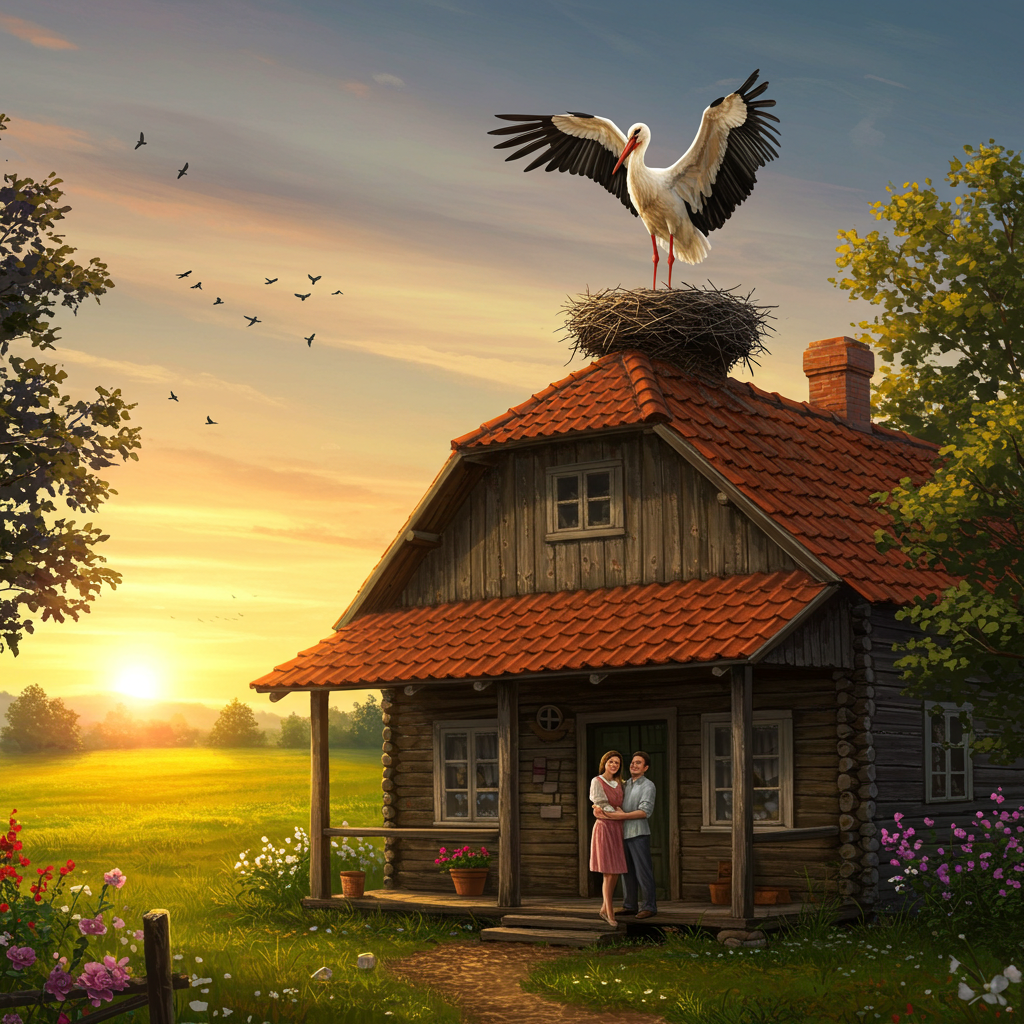According to longstanding European folk belief, the nesting of a stork—especially on a rooftop or chimney—is a powerful omen of fertility and reproductive success. The presence of the bird is said to increase a couple’s chance of conception, aid those struggling with infertility, and ensure smooth, healthy pregnancies and childbirths. The strength of the omen intensifies with the size and permanence of the nest: the longer the storks remain, the more children the household is believed to receive. Disturbing or removing the nest is widely viewed as bringing bad luck, infertility, or complications during pregnancy. The superstition is so deeply ingrained that entire communities in parts of Europe protect these birds and their nesting sites, believing the prosperity of the household—and sometimes even the village—depends on their undisturbed presence.

A baby’s future career or fate is predicted by the first object they select during a ceremonial setup.
In several Asian and Eastern European cultures, a traditional ceremony is held for babies usually around their first birthday. Known


